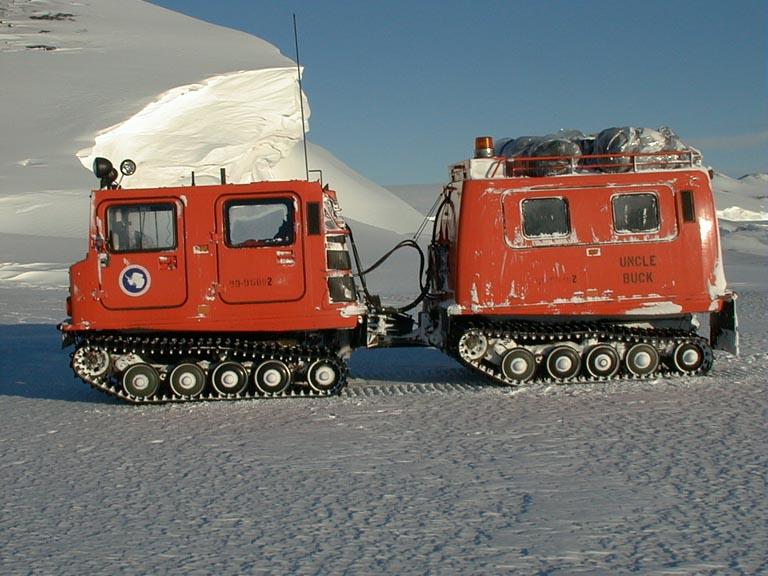- Location
- Silicon Valley
I should probably explain why this exists first. This is a fantasy world, not Earth, but it's got about the size, shape, and climate range of Earth. However, the gods (now departed from the world) have messed with terrain features quite a bit. Thanks to divine shenanigans nobody really understands (I go by the Greek system of the gods being able to be spectacularly immature at times), there is a three mile column of zero gravity around the North and South poles, surrounded by a weird bubble that prevents the atmosphere from entering the vacuum but does not bar the movement of people and vehicles. This world has a late 1940s level of vehicular and architectural technology (though they haven't invented jet engines) and a modern level of communications technology, and integrates low level Eberronish magic into technology. These zero gravity wells at the poles are what allows space travel, given the lack of rocket engines powerful enough to exit the atmosphere with any significant payload. This is important, because the only way to get really useful stuff like adamantine, mithril, and some useful magical phlebotinums is to mine it from space. So, despite the pre-Apollo mission tech level, there is enough space traffic to make NASA go berserk with envy. Of course, one can only go into space via the North or South pole.
This gets into why I purport the existence of major cities within the arctic circle. To speak in terms of relative Earth geography for a moment, places like Barrow, Alaska. The ocean is not quite ice free, but it is much better than the surroundings, and an icebreaker will handle it with ease. The snow isn't as bad as more heavily inhabited cities that exist, and one could link the town via heavy railroad traffic, given the massive economic importance of a city that can handle a superpower's access to space. Given that this is the stellar equivalent of New York, Los Angeles, New Orleans, DC, and Houston combined, this is a prime location for a big city.
This is where the question comes in. If we're building a big city, like, at least a million or two people, in a place like Barrow, what might it look like? Aside from months of summer day and winter night, what does the local climate hold in store that civil engineers have to work around? What about railroad and aviation engineers? What challenges does the average civilian face in day to day life from the climate? What stresses does the constant cold put on infrastructure? If I want a subway, an overhead rail system, or a streetcar network, what kind of engineering problems are there from the climate? Can I run a reliable major international airport in this climate? What about military bases, since it is vital to control this city and my approaches to the North Pole? How bad are the psychological effects of two month nights and over half the days being overcast? Are there any challenges or observations I'm not even thinking about?
As a related question, can one build, using late 1940s technology, a passenger and freight railroad system through Antarctica, or is the continent too unstable?
This gets into why I purport the existence of major cities within the arctic circle. To speak in terms of relative Earth geography for a moment, places like Barrow, Alaska. The ocean is not quite ice free, but it is much better than the surroundings, and an icebreaker will handle it with ease. The snow isn't as bad as more heavily inhabited cities that exist, and one could link the town via heavy railroad traffic, given the massive economic importance of a city that can handle a superpower's access to space. Given that this is the stellar equivalent of New York, Los Angeles, New Orleans, DC, and Houston combined, this is a prime location for a big city.
This is where the question comes in. If we're building a big city, like, at least a million or two people, in a place like Barrow, what might it look like? Aside from months of summer day and winter night, what does the local climate hold in store that civil engineers have to work around? What about railroad and aviation engineers? What challenges does the average civilian face in day to day life from the climate? What stresses does the constant cold put on infrastructure? If I want a subway, an overhead rail system, or a streetcar network, what kind of engineering problems are there from the climate? Can I run a reliable major international airport in this climate? What about military bases, since it is vital to control this city and my approaches to the North Pole? How bad are the psychological effects of two month nights and over half the days being overcast? Are there any challenges or observations I'm not even thinking about?
As a related question, can one build, using late 1940s technology, a passenger and freight railroad system through Antarctica, or is the continent too unstable?

